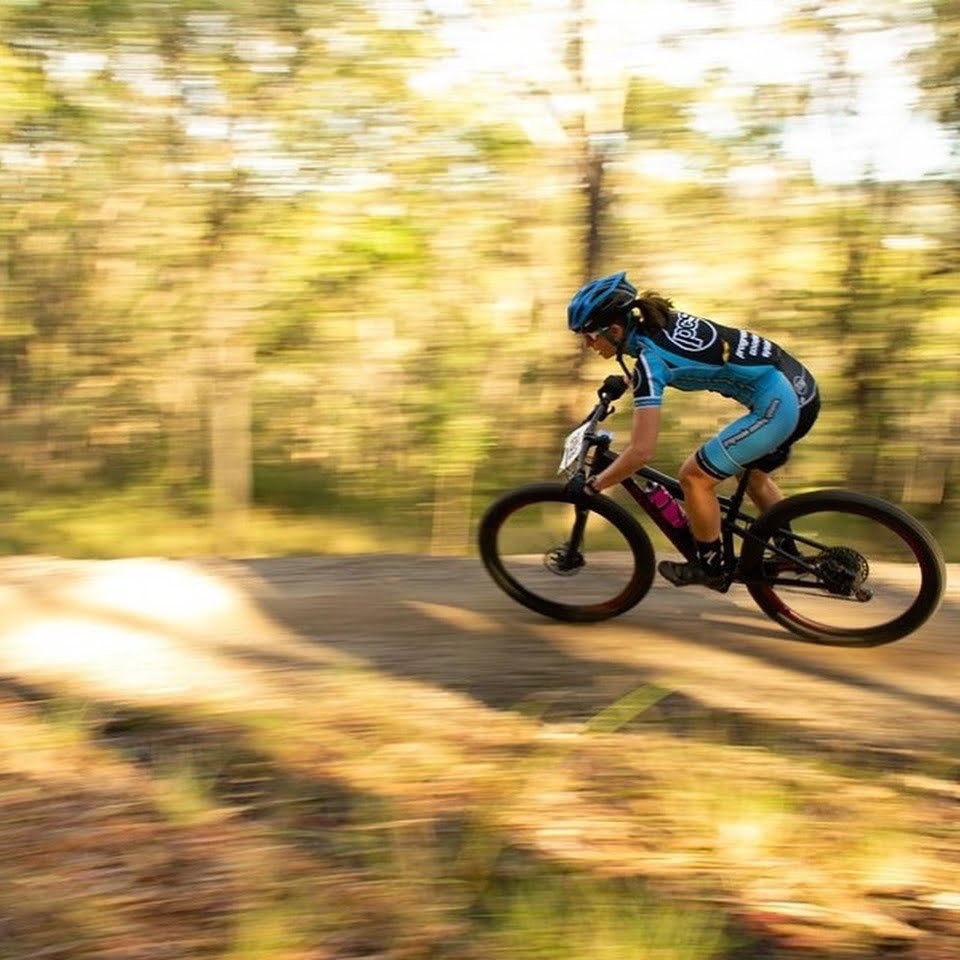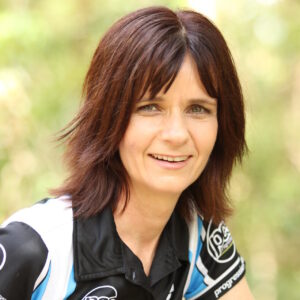BQ Meets: Planet Cycles
Tucked into the bustling heart of Woolloongabba, Planet Cycles has long held a reputation as one of Brisbane’s iconic bike ...
Participation of women in sport has increased significantly since the early 1980s. It is generally widely assumed that women and men have equal response to training and their physiological responses don’t differ too much between the genders. Turns out, this is not true. Research in sport is generally based on male studies as women have fluctuating hormones throughout the month and make it hard for researchers to get viable results. Males have exactly the same fluctuations every day. Male testosterone is high in the morning and gradually tapers off in the evening. Exercise increases the production of testosterone and male’s may feel a “high” afterwards. This is why they are generally used for research.
Women on the other hand have varying levels of hormones at different times according to their menstrual cycle. This makes a huge difference on how female athletes are feeling and can affect our performance. Estrogen helps the release of feel-good chemicals within the brain, it helps with recovery, improves muscle mass, strength and more.
If you can base your hard riding or racing around that 2-4 day ovulation period you will notice increased performance as this is when estrogen is highest in the body. However, there is one drawback to this; hydration. During this phase, a woman’s temperature is increased and therefore causes more sweating. The body also tells your kidneys to reduce plasma volume by about 8% which moves fluid between the cells. This is why women may feel “bloated” during this phase.
Using a sodium-based hydration formula before high intensity riding situations will help slow down the rate of dehydration and prime the cells so the fluid shift isn’t as big a shock to the body. It is also important to cool the body post-exercise. A cold towel or cool bath will help move the blood and fluid back into the muscles to repair and facilitate recovery.
Women have smaller hearts, smaller VO2 max, and a greater capacity for storing and burning fat. This also changes with your monthly hormonal changes. In the high hormone phase of the menstrual cycle, women have a greater reliance on protein during exercise and at rest/recovery. Unlike men, women are generally at the same post-exercise recovery phase 2 hours after exercise.
This makes planning your recovery techniques post-training sessions extra important. Women need to take advantage of that two-hour window and promote body composition of nutrients, carbohydrates and proteins. Think recovery drink/ meal, active cooling, massage etc.
Women also secrete a hormone called Relaxin. Relaxin has not been studied as much as other hormones in the body however we do know that Relaxin as the name suggests causes the ligaments and joints to soften. This facilitates a woman in pregnancy to expand the uterus, accommodate a baby, and create joint laxity. Relaxin is released during the menstrual cycle and it is not uncommon for Athletes to injure themselves during this phase in the cycle. Lower back, knees and ankle injuries are common. This is something to think about when planning your training and race calendar for the year. There are many apps that can track menstruation and if you are serious about mountain biking, I suggest you start tracking and writing notes about how you feel during each phase.

During the premenstrual (late Luteal) phase and the beginning of our menstrual cycle (early follicular phase), we experience changes in our mood resulting in increased stress levels. We find ourselves off balance, more accident-prone, have poor reaction times and poor perception of exertion levels. This is all a result of the current hormonal status/imbalances during the menstrual cycle. During these 2 phases, we may also experience “heavy” legs, fatigue, muscle pains, headaches, cramping, irritability and feeling downright lousy!
So, does this mean we shouldn’t exercise during this time? That’s a myth! A good training program will take this into account by scheduling some well-structured recovery days around this time which means reducing training volumes and intensity.
Exercise is a natural way to increase your hormone levels but training that is well structured around when we are most vulnerable, will help to avoid injuries and take complete advantage of when we are feeling our best.
There are some great apps on both Android and Apple that can accurately help you track your cycle so that we can best determine how to adjust your training program to meet your personal circumstances. FitrWomen is an app specifically designed to increase mindfulness for women surrounding their cycle and fitness. It is used by many high-profile athletes and gives the user good information regarding the different phases of their cycle and provides personalized training and nutritional suggestions explaining the reasons.
Menopause is not just the end of your menstrual cycle. There is a huge shift in your hormones and a series of changes and symptoms that happen which can really throw you off your game. Hot flushes are one of the common symptoms that women feel as they brace through this new stage. Some studies have shown that by continuing exercise, women experience less hot flushes than other women who are not participating in any exercise at all.
During menopause, we also experience a decline in muscle mass and bone density. The best way to combat this is to get into the gym and lift heavyweights. Under the guidance of a good PT who understands the female hormonal cycle, they can help devise a great program to combat these unwanted declines in muscle mass and bone density.
So here are my top tips:
There are so many great products out there on the market specifically designed for women. Some ladies prefer to ride a ladies specific bike which can be a big help to those who are just starting out and getting comfortable on the bike. Here is an example of how men’s and ladies’ bikes can differ.
There are also women-specific cycling kits and safety gear that account for all of the curvy bits and have a much better size range than men’s clothing.
You can also contact the suppliers and get some specifically made for your body shape. I also know of a few female-specific chamois creams that have recently been added to the market. If you are prone to chafing or saddle sores there are women’s formula’s that include all kinds of natural stuff including aloe vera, green tea leaf extract, tea tree oil, shea butter, and lavender oil. A simple google search will bring up all the different types and set you in the right direction.
Chat to other ladies about some of the products that they use and enjoy. There are some fantastic ladies only rides that pop up around the countryside every now and then, so if you can get yourself to one, it is a great place to meet like-minded women and discuss products.

Donna Dall is a Mountain Bike Coach at PCS Coaching and multiple State Champion in both Cross Country Olympic and Cross Country Marathon Races.
Tucked into the bustling heart of Woolloongabba, Planet Cycles has long held a reputation as one of Brisbane’s iconic bike ...
For more than two decades, Ride Technics has been helping riders sharpen their skills, from beginners tackling their first tr...
By Andrew DemackRoundabouts are one place in Australia’s road environment where the desire to enable the f...
When Harriet Muir returned to Brisbane in 2023, the question looming over her was simple: to buy a car, or not to buy a car?<...